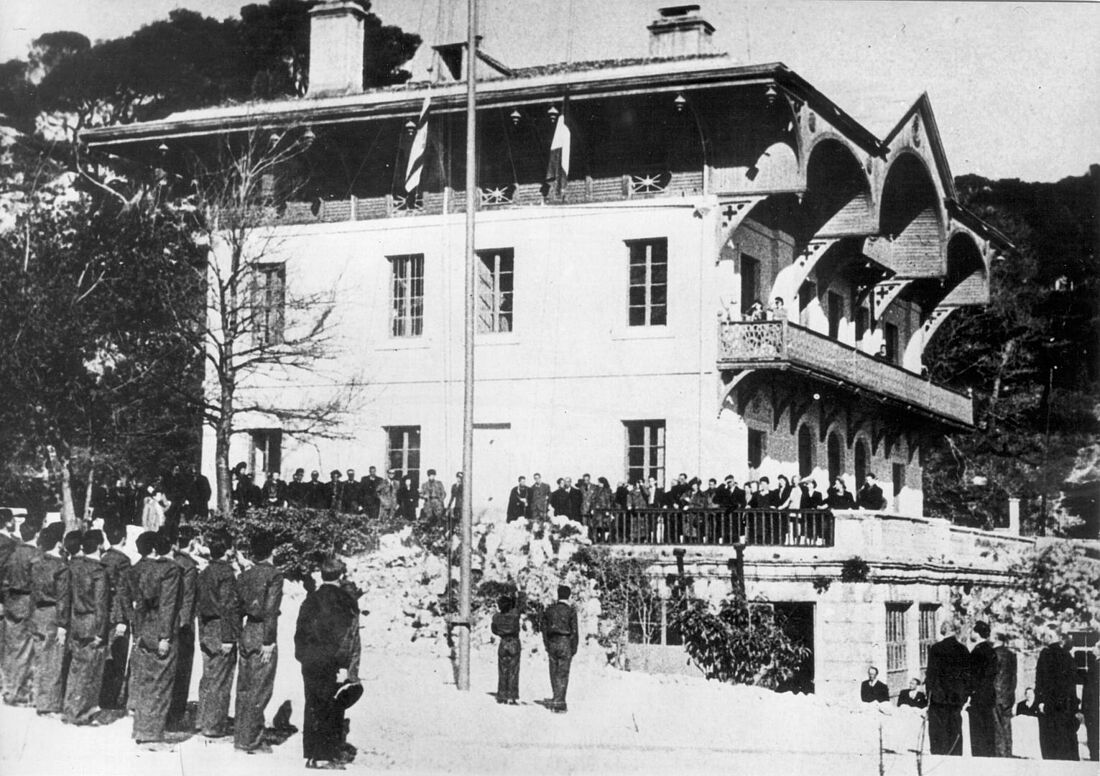The ORT Marine School in Marseilles
After the war, French Jews were joined by thousands of immigrants unwilling or unable to return to Eastern Europe. Migration from North Africa also increased the number of Jewish students seeking to continue their education. ORT France was soon operating a substantial network of institutions in several locations. A number of special programmes were established, including one for maritime training.
In March 1947, Rear-Admiral Tanguy inaugurated an ORT marine school at a beautiful Mediterranean villa near Marseilles in the presence of French dignitaries and Jewish community representatives. See 'Ouverture de L'Ecole de Marine' (Opening of the Marine School)
With the support of the French naval authorities and under the careful supervision of Admiral Louis Kahn, the school housed up to 75 students, including many DPs and Jews from Algeria and Morocco. The curriculum covered navigation, wireless operation, diving, and carpentry for the ship building trade.
Of the initial intake of 37 students, most were Jews from North Africa, but there were also young people born in France, and some Holocaust survivors from other European countries. These included 24-year-old Armand K., who along with his two brothers, had survived Buchenwald and Gross-Rosen concentration camps. Very good at mathematics, he wished to continue his studies to become a naval officer. Another student, 22-year-old Georges K., was born in Lemberg, Poland, where he attended high school with the intention of becoming a doctor. He managed to flee the Lemberg ghetto before the inhabitants were sent to Auschwitz. He then crossed the Russian front and first joined the Russian Army, then the Polish one. After his demobilization, he experienced virulent anti-Semitism back in Poland so moved to France to prepare for a new life in Palestine. Eugene G., another 22-year-old, was the son of Polish Jews who had studied at the Ecole Supérieure d'Electricité de Metz before the war. Under the occupation, he fought the Germans in the ranks of the Jewish Combat Organization, and then enlisted in the French Army to participate in the liberation of the country. Fellow student Charles G., only 17 years old at the time, arrived from Paris. After the deportation of his parents, he remained alone and was determined to go to Palestine as soon as he finished his studies.
Visitors to the school were impressed with the facilities and remarked on the students’ enthusiasm and determination, despite the trials of the war, loss of loved ones and having to move across the continent in search of a new life.

